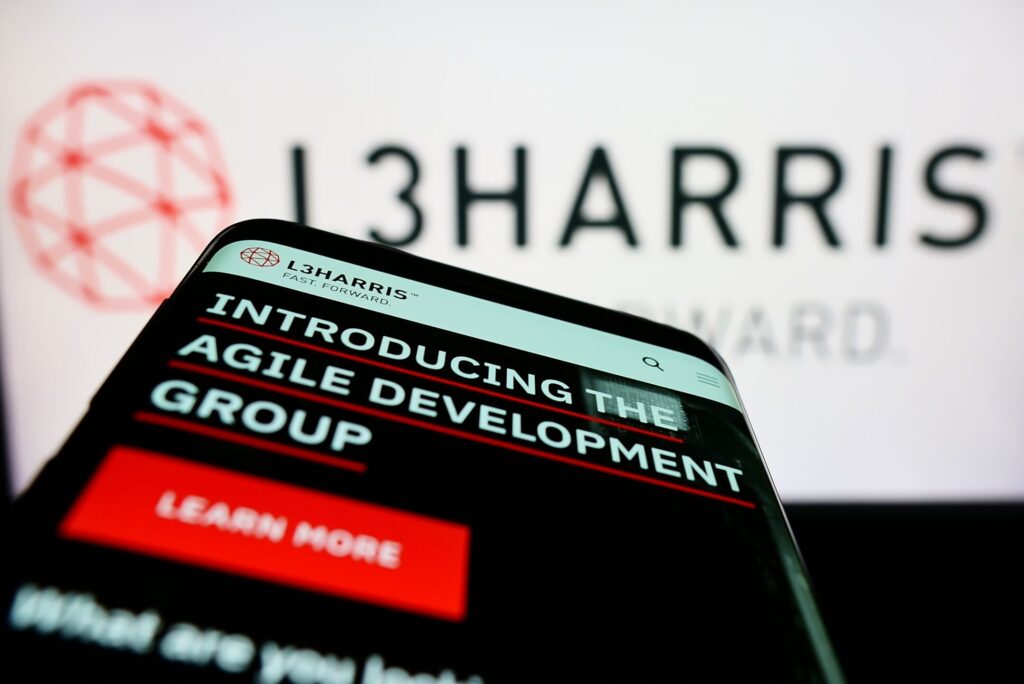L3Harris Technologies has successfully finalized its $4.7 billion acquisition of Aerojet Rocketdyne, forming a fourth business segment at the company.
Its newest acquisition, first announced in December 2022, brings over 5,000 Aerojet Rocketdyne employees into the L3Harris fold.
“With national security at the forefront, we’re combining our resources and expertise with Aerojet Rocketdyne’s propulsion and energetics capabilities to ensure that the Department of Defense and civil space customers can address critical mission needs globally,” commented Christopher E. Kubasik, Chair and CEO of L3Harris Technologies.
Founded in 1942, Aerojet Rocketdyne has a rich history in the field of space exploration and defense.
It has been a key supplier for the US Air Force’s Minuteman III ICBM program, providing propulsion systems for long-range nuclear missiles.
Additionally, the company has been involved in several noteworthy space missions. For instance, it developed the main engines for the Space Shuttle and has contributed to every Mars rover mission.
This merger should expand L3Harris’ portfolio, adding a long-cycle backlog and broad expertise that enables opportunities in missile defense systems, hypersonics, and advanced rocket engines.
According to a company, the newly formed Aerojet Rocketdyne segment of L3Harris will be spearheaded by Ross Niebergall, former L3Harris Technologies vice president and chief technology officer.
“Our customers demand a competitive environment that produces innovative, agile solutions,” Niebergall said in a statement on July 28, 2023.
“We will expand on the strong Aerojet Rocketdyne heritage to enhance production and deliver on those expectations,” he added.
Despite the acquisition, Aerojet Rocketdyne will retain its brand name under the L3Harris umbrella. The integration of Aerojet into L3Harris is likely to extend into early 2024, with immediate priority on merging the companies’ information technology functions and workforce.

